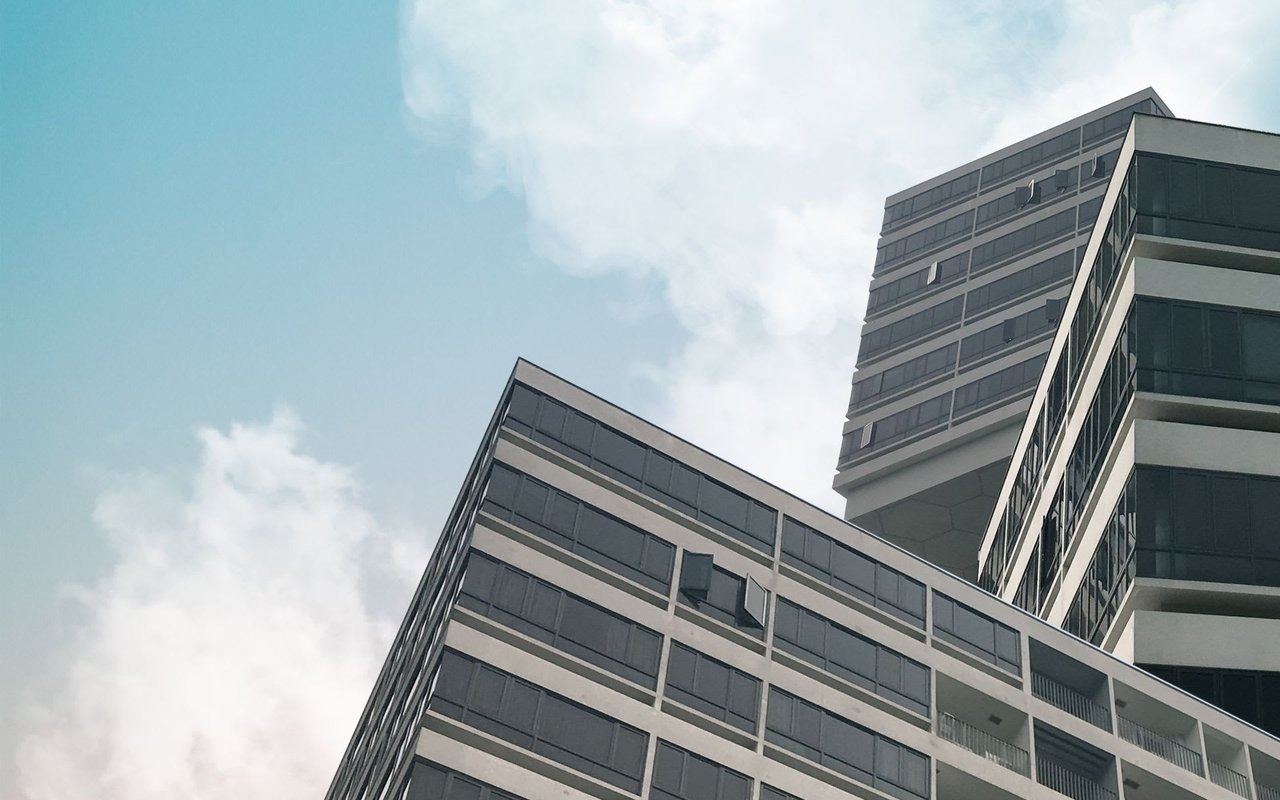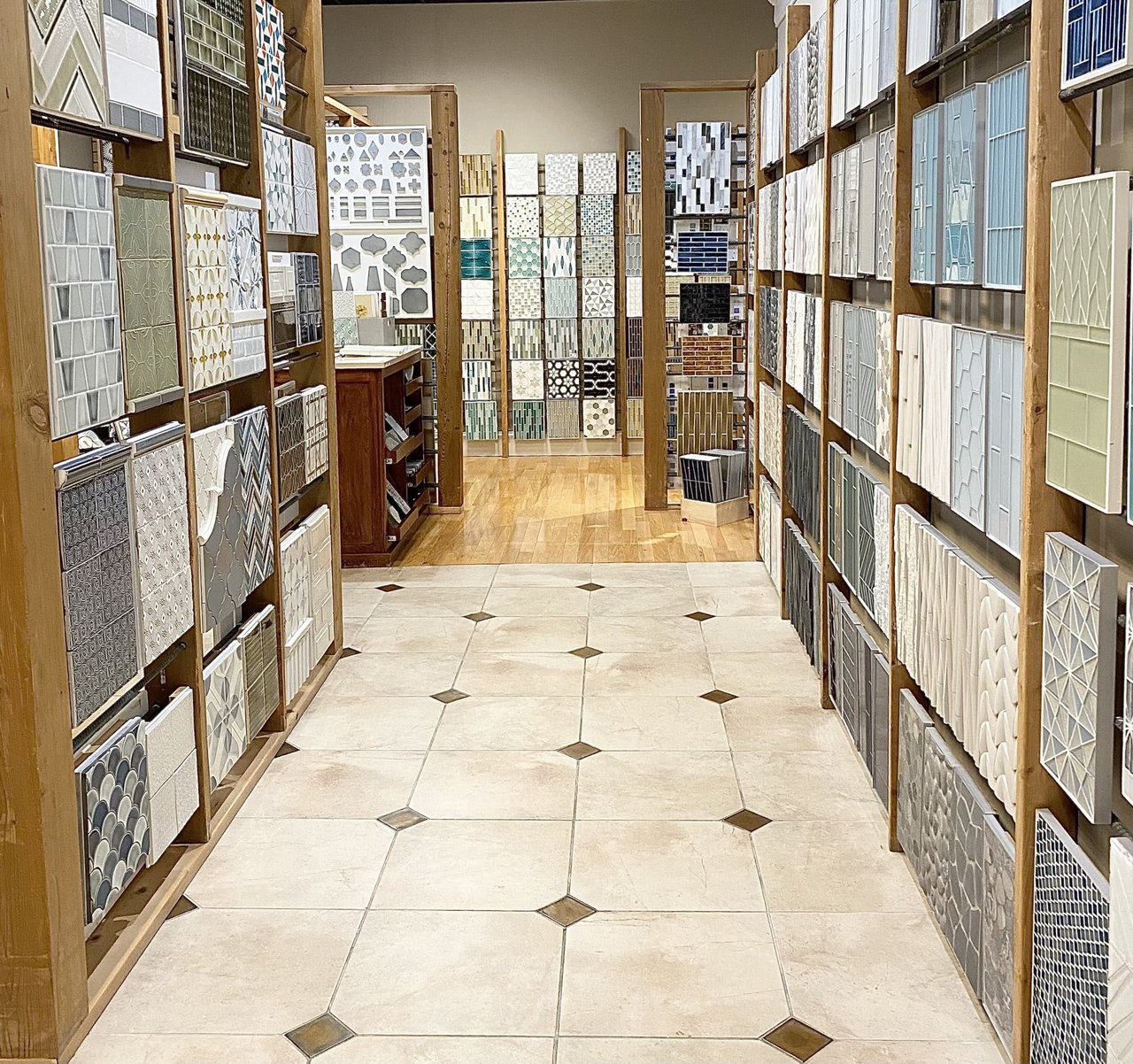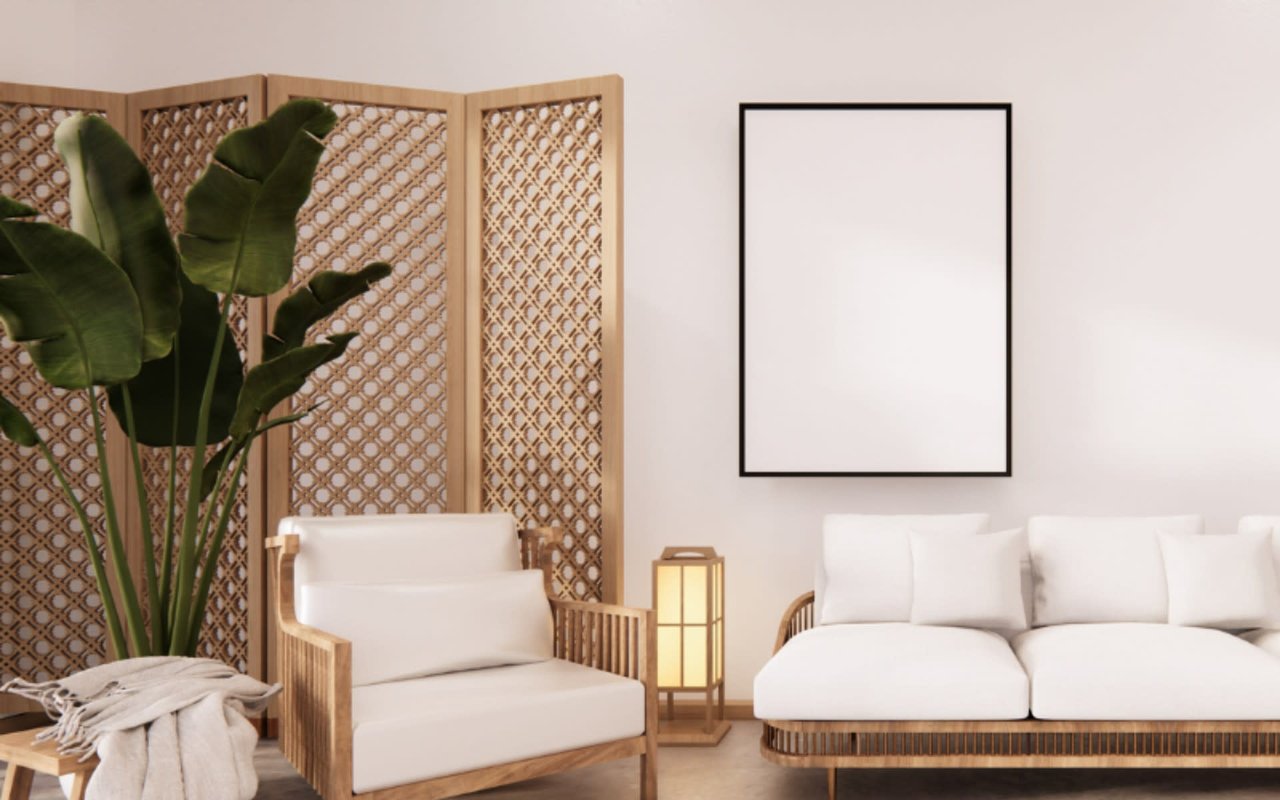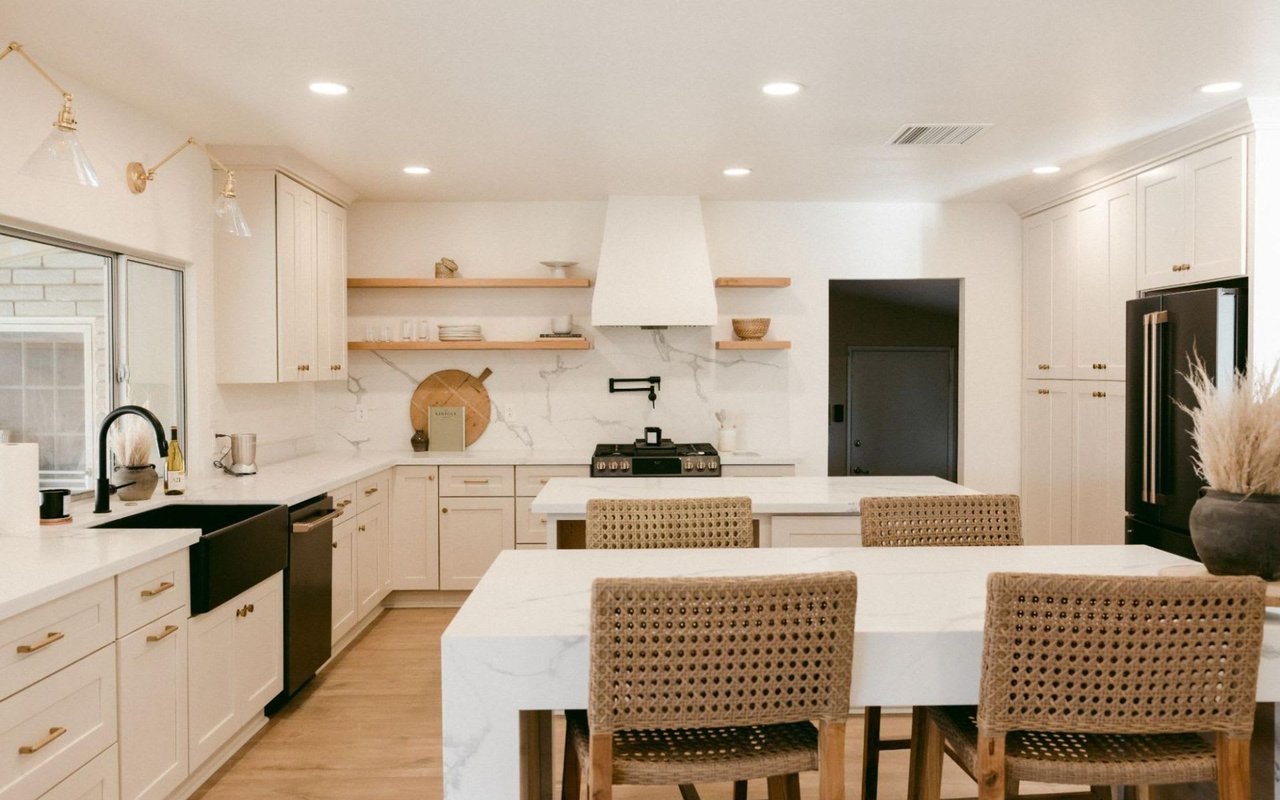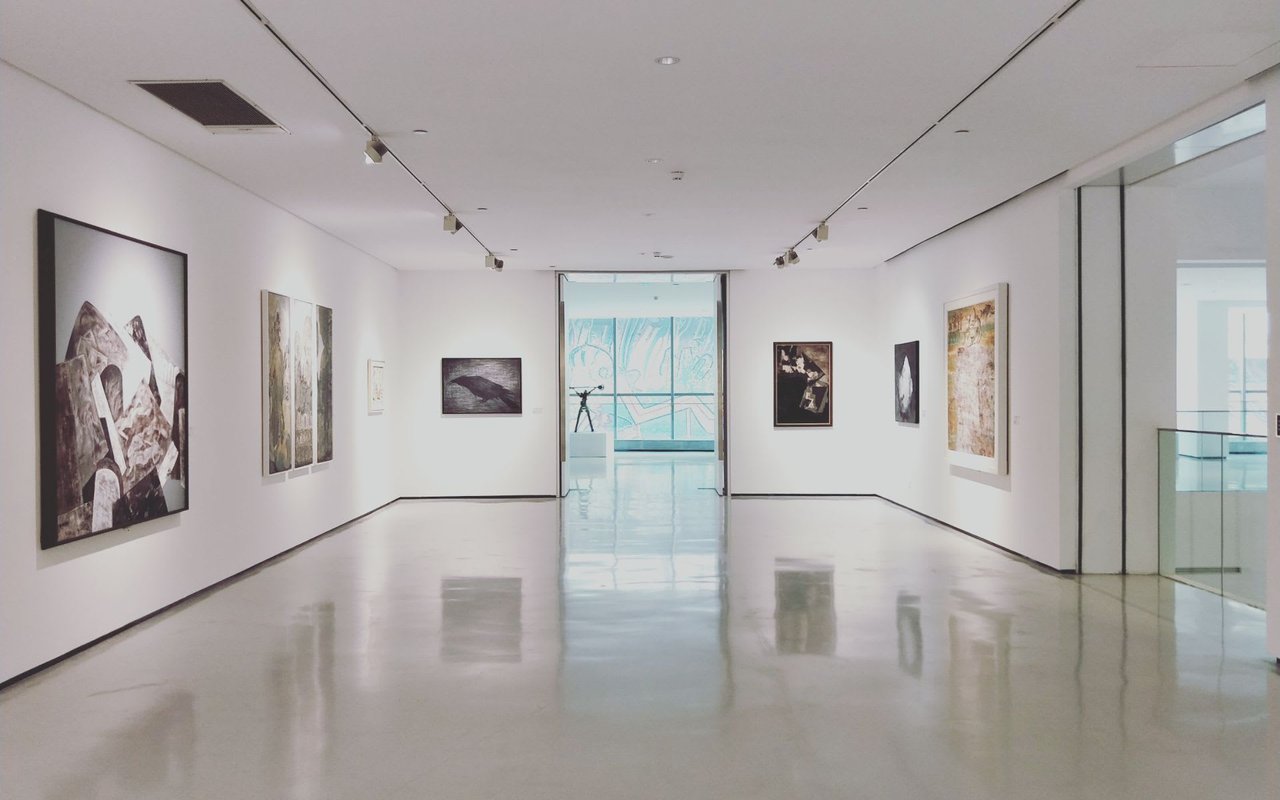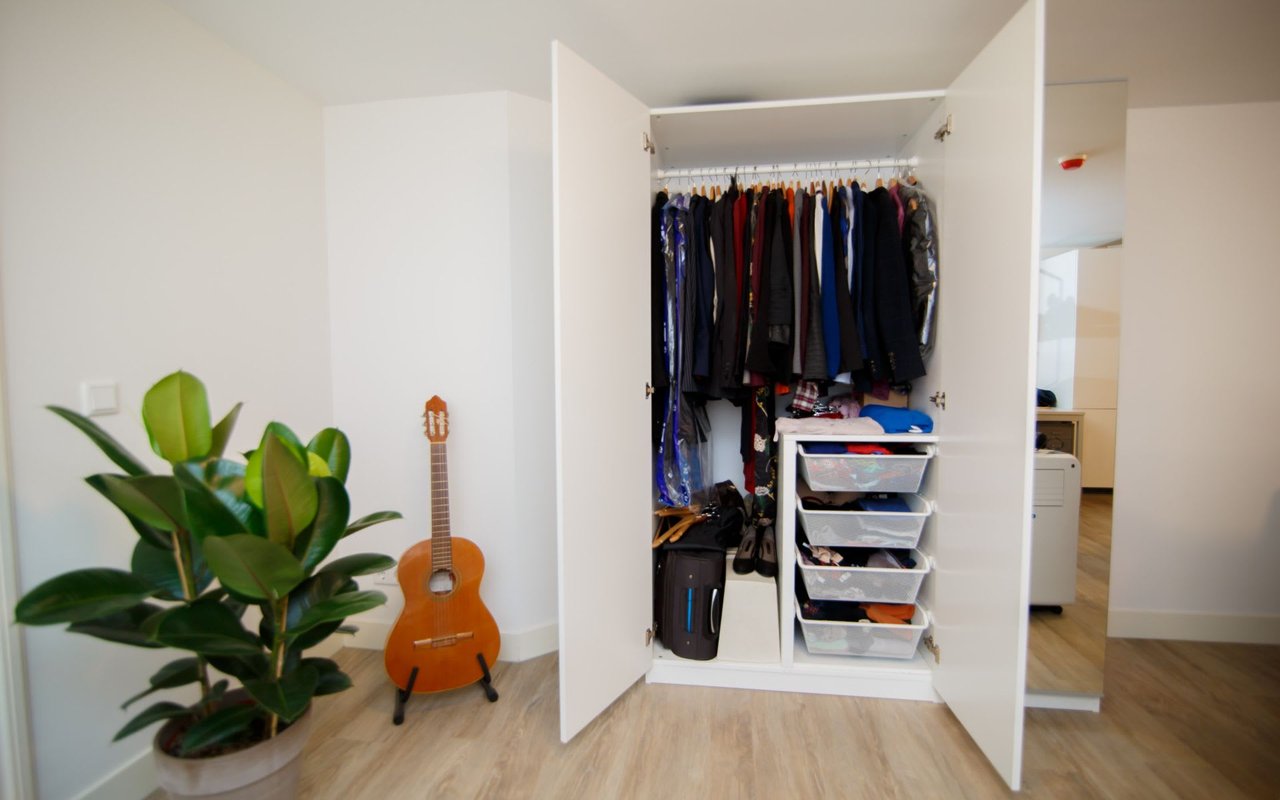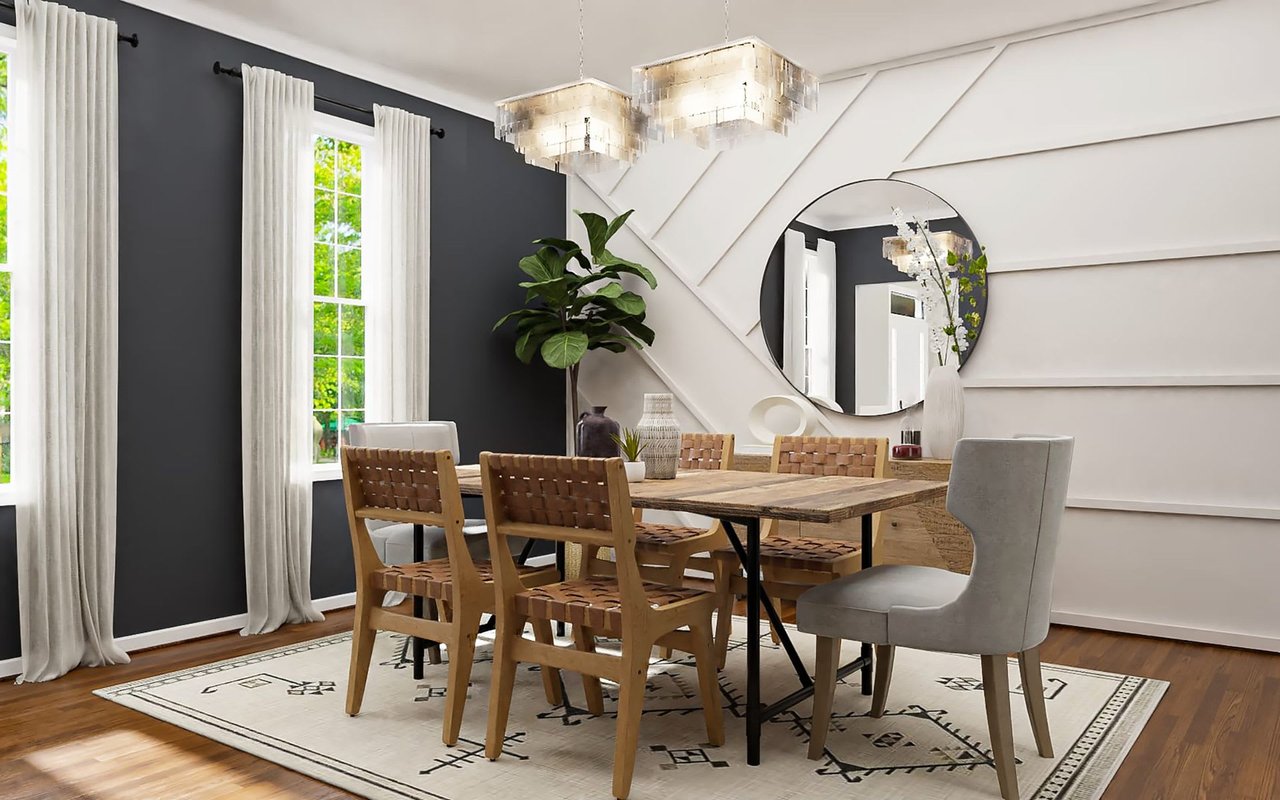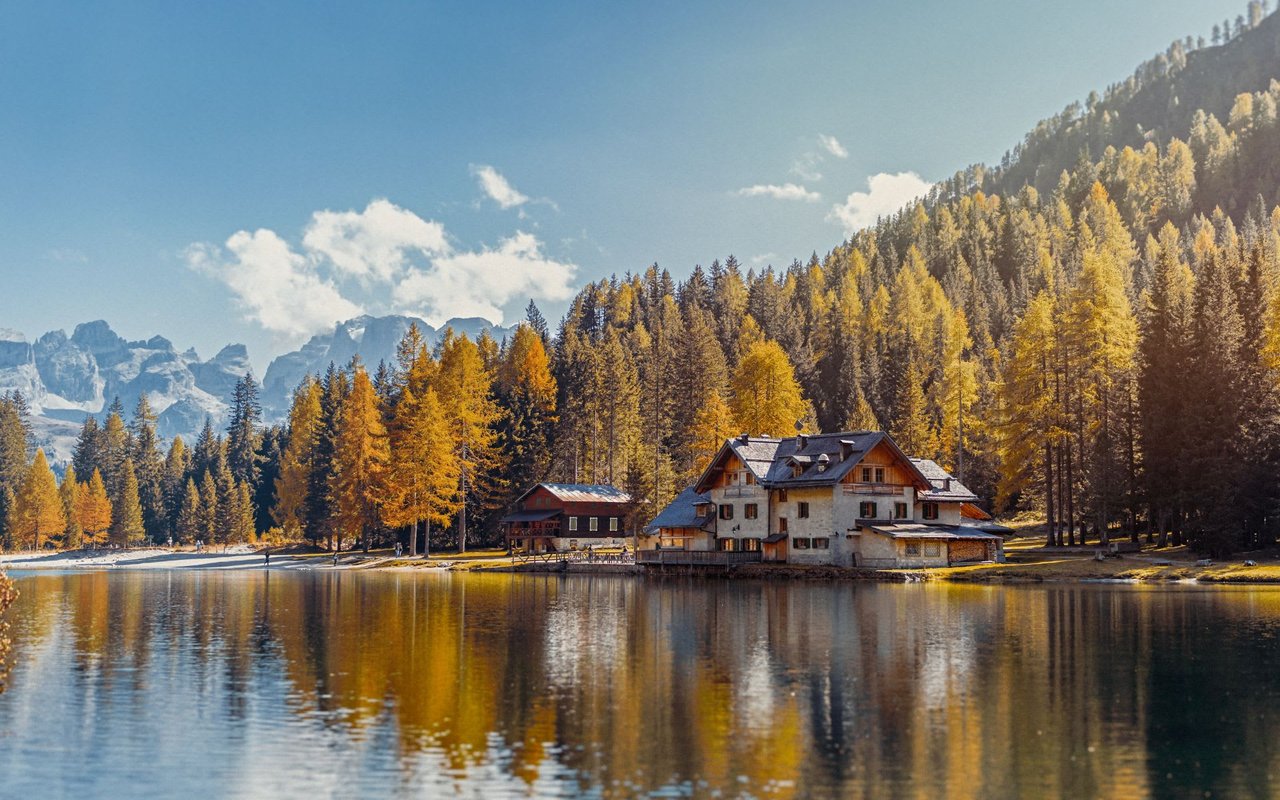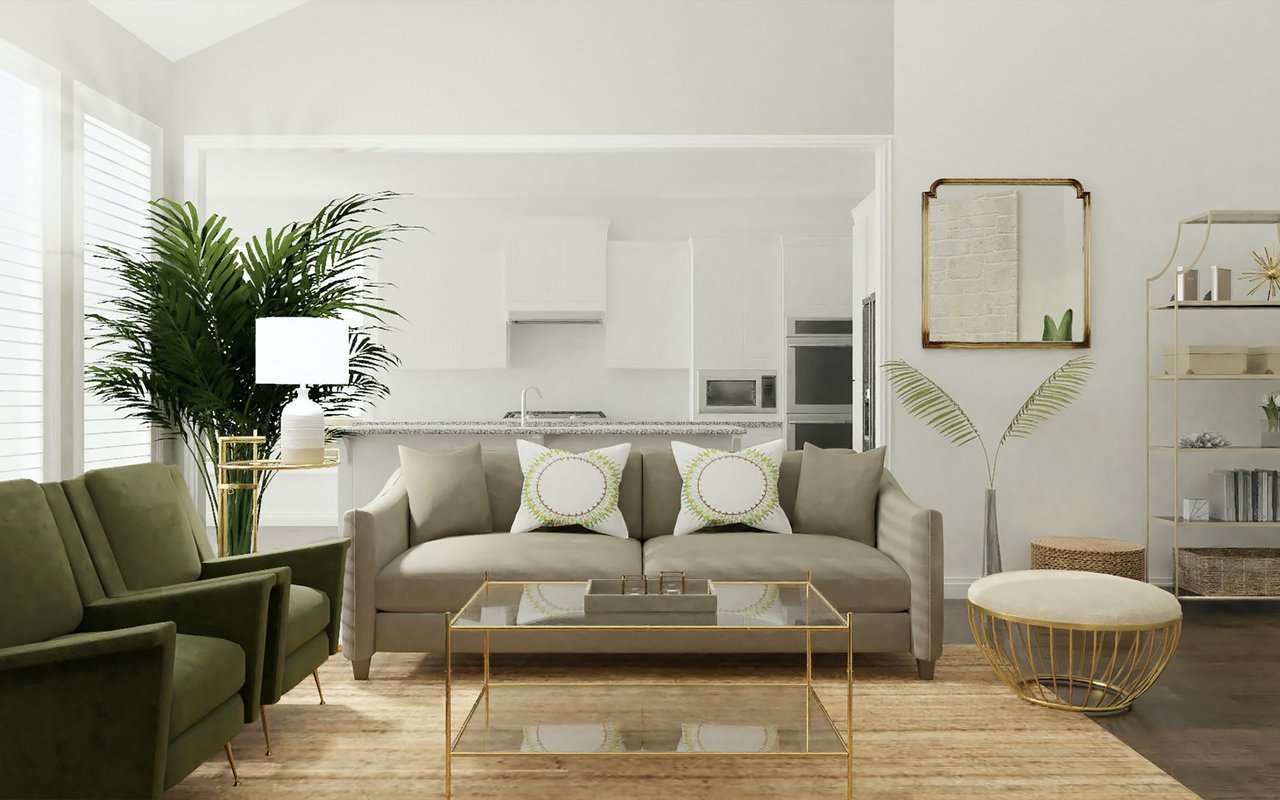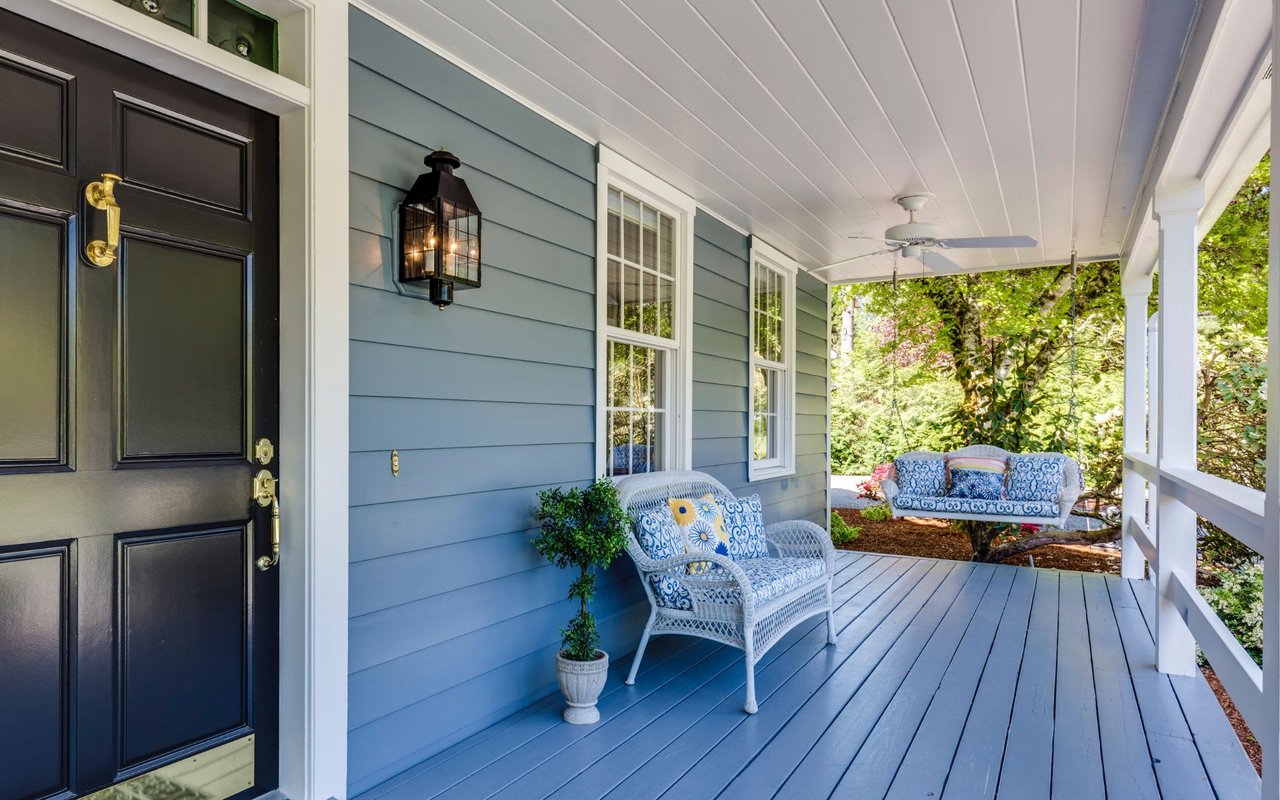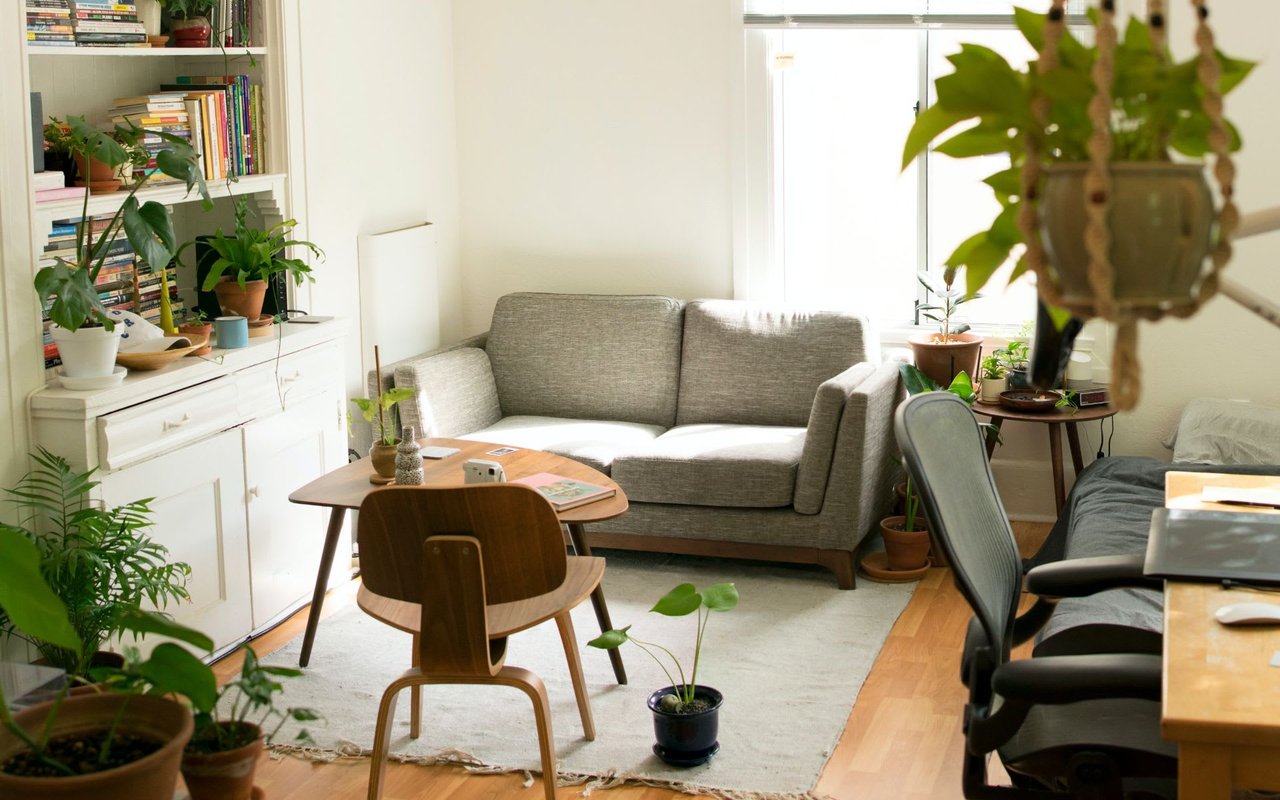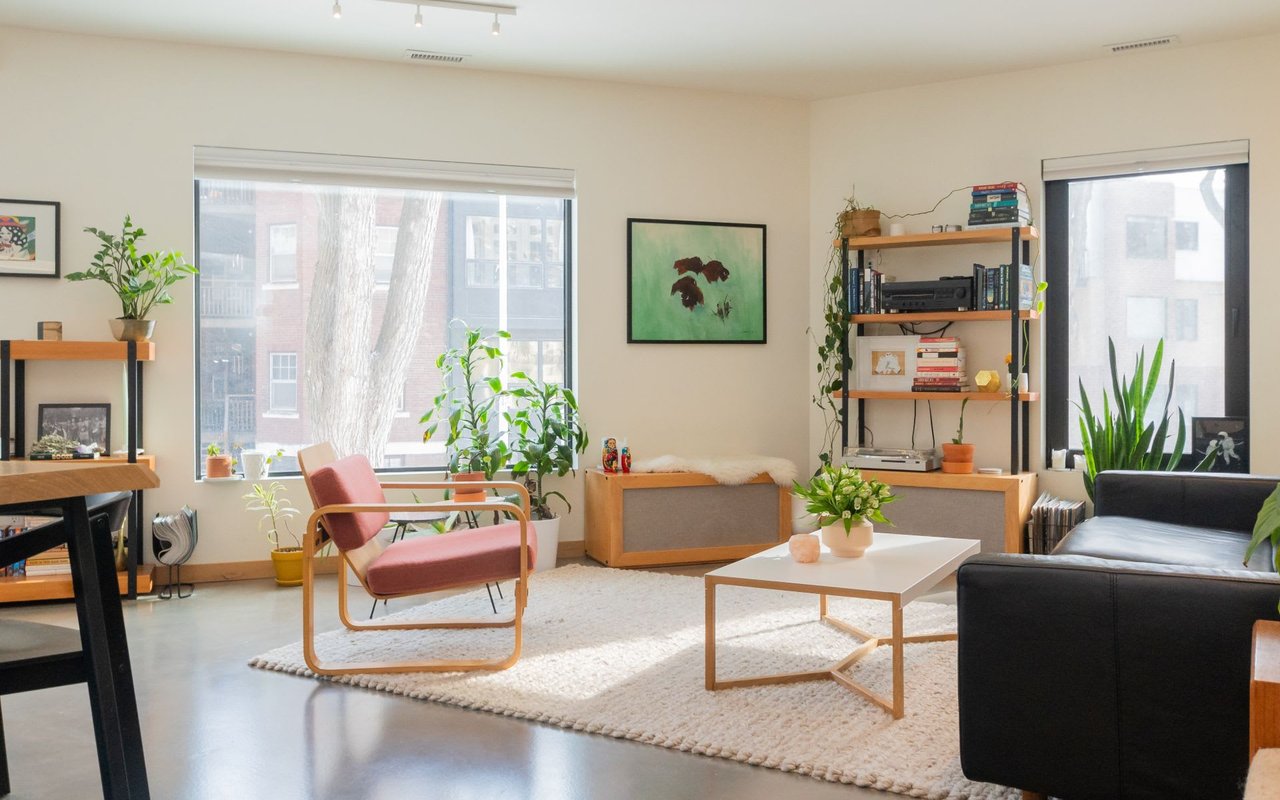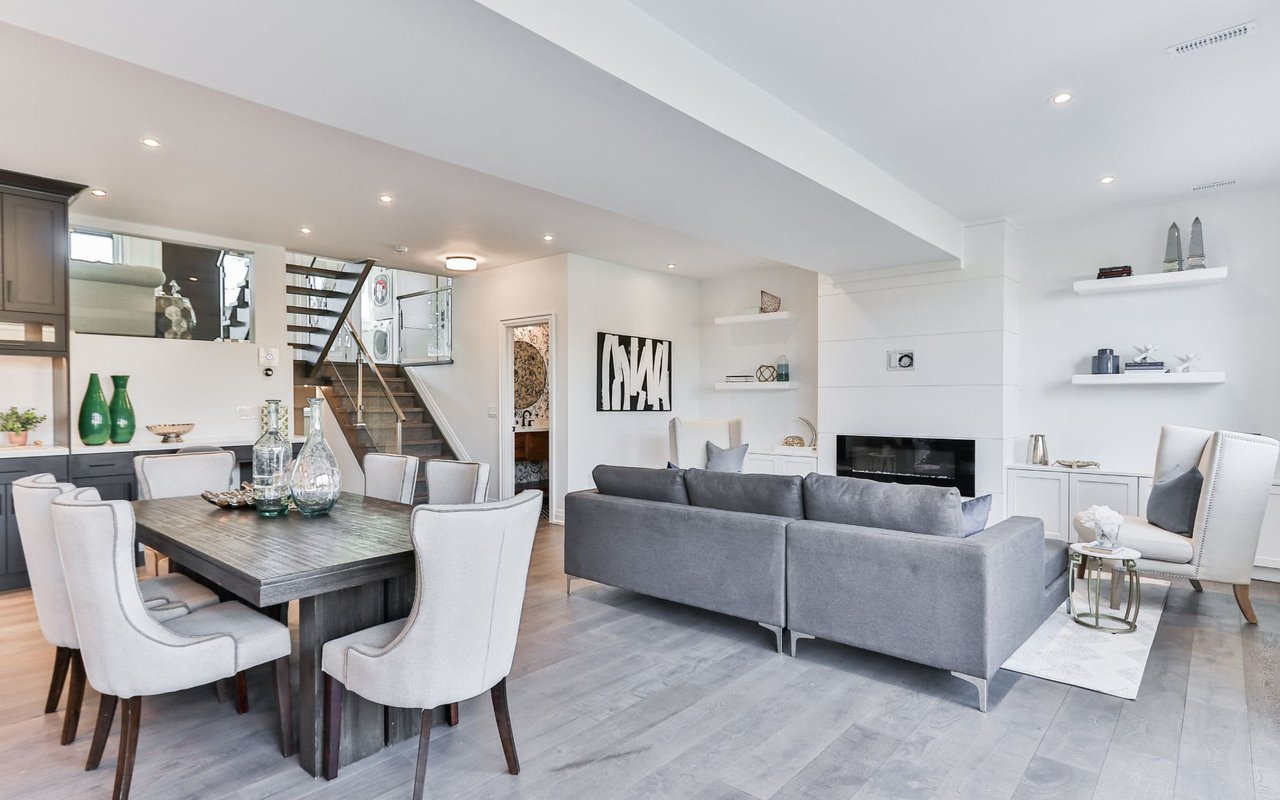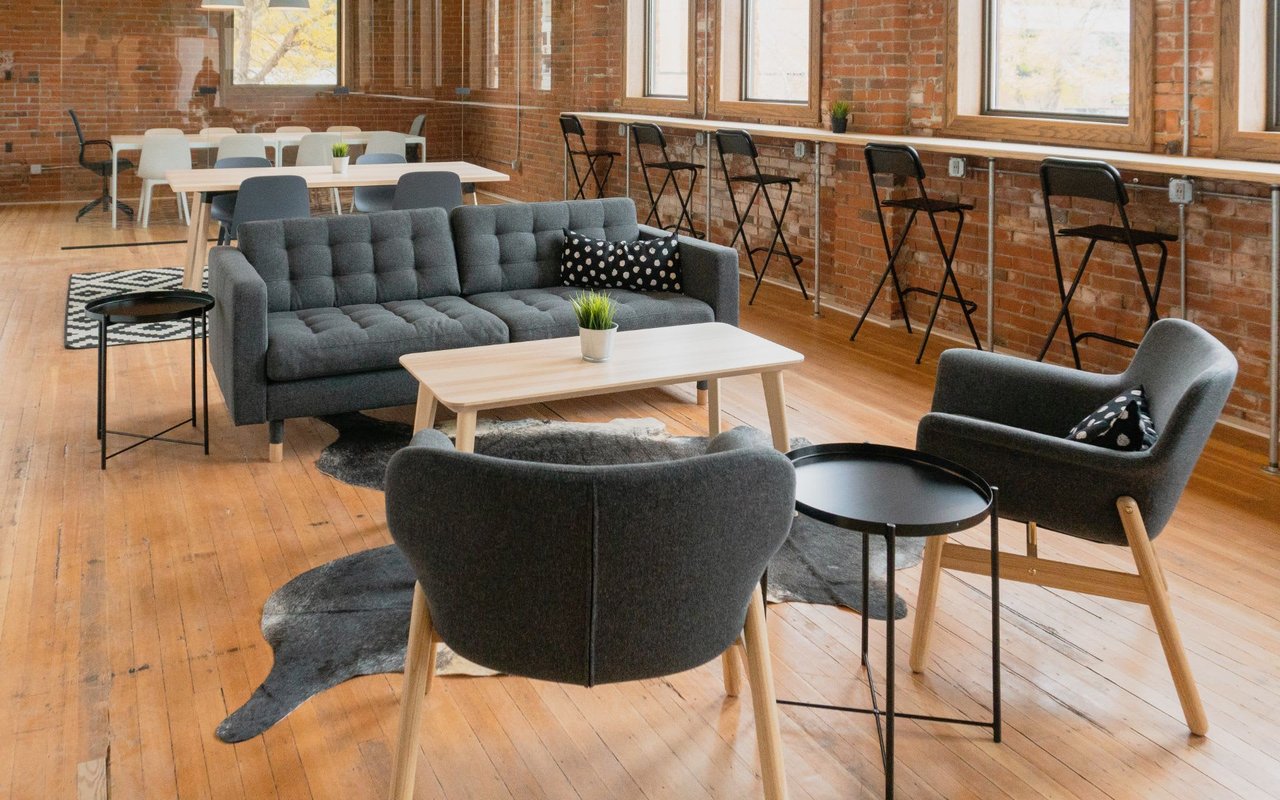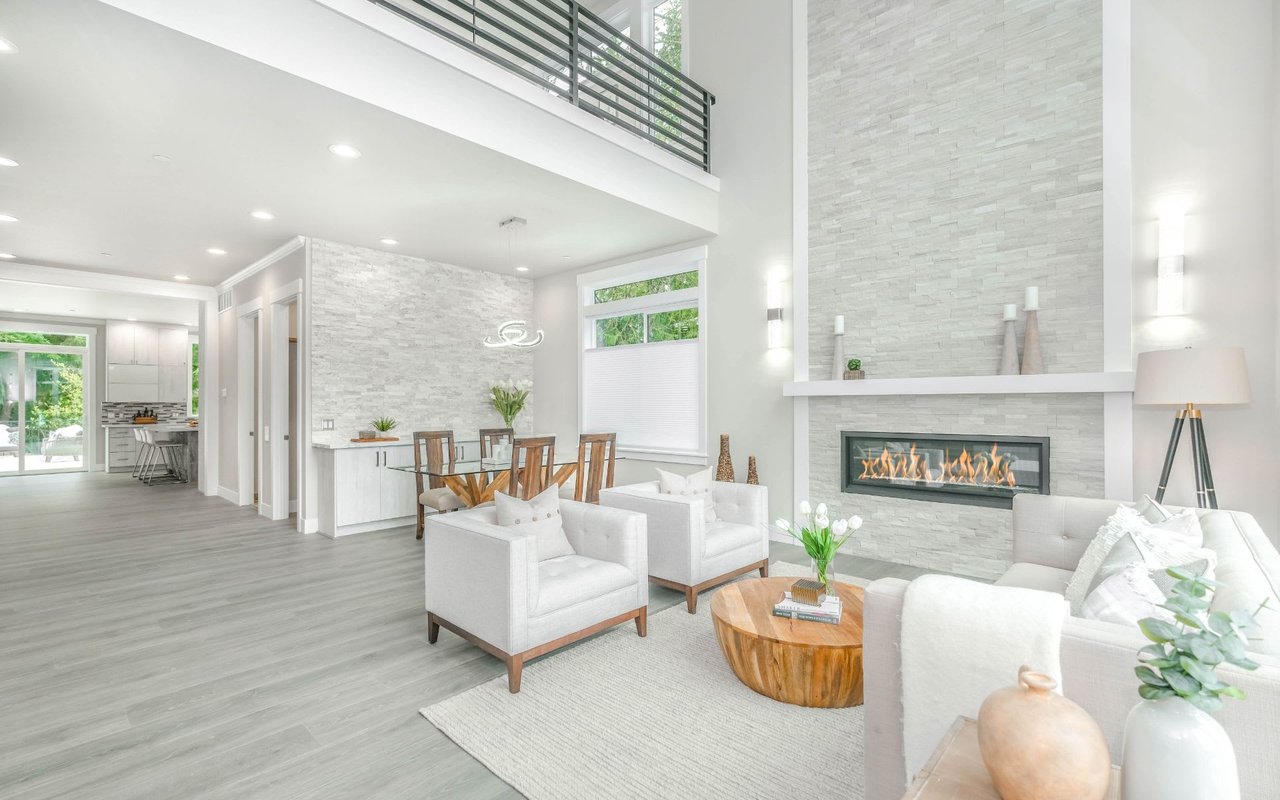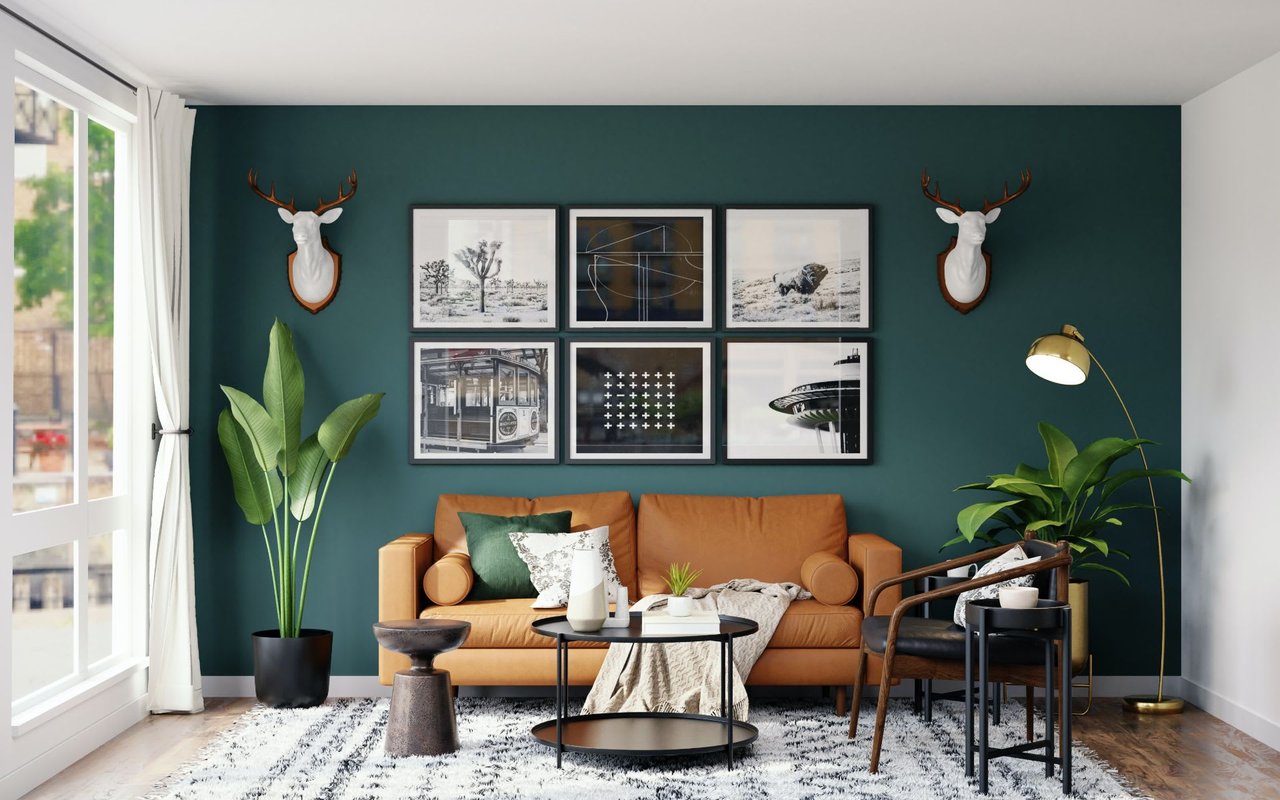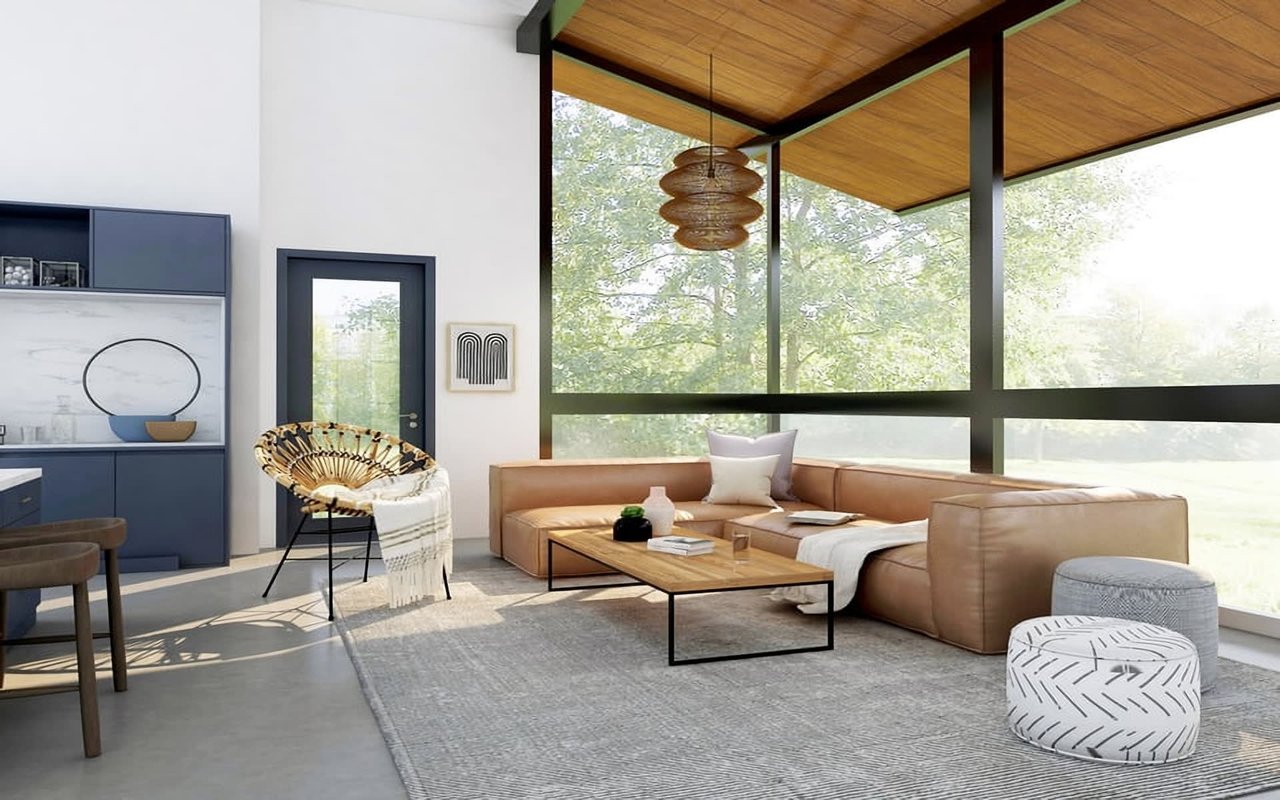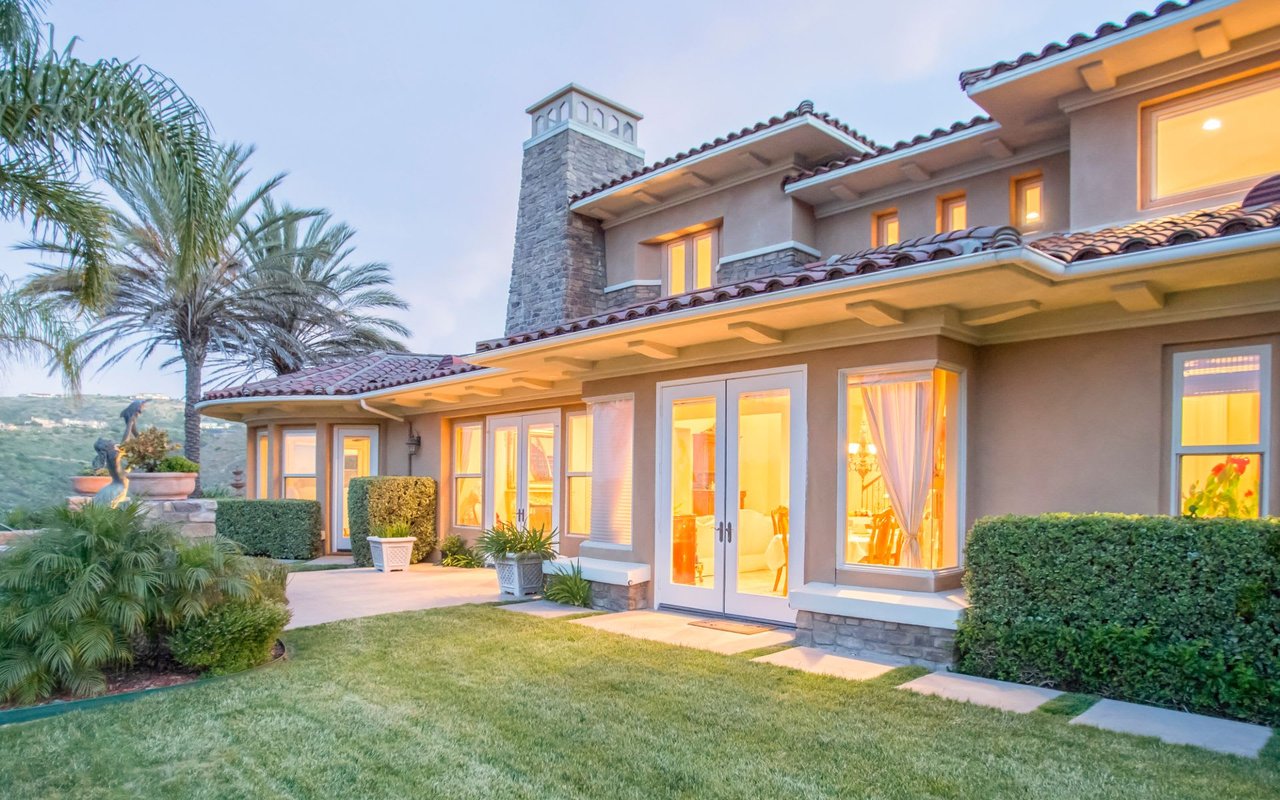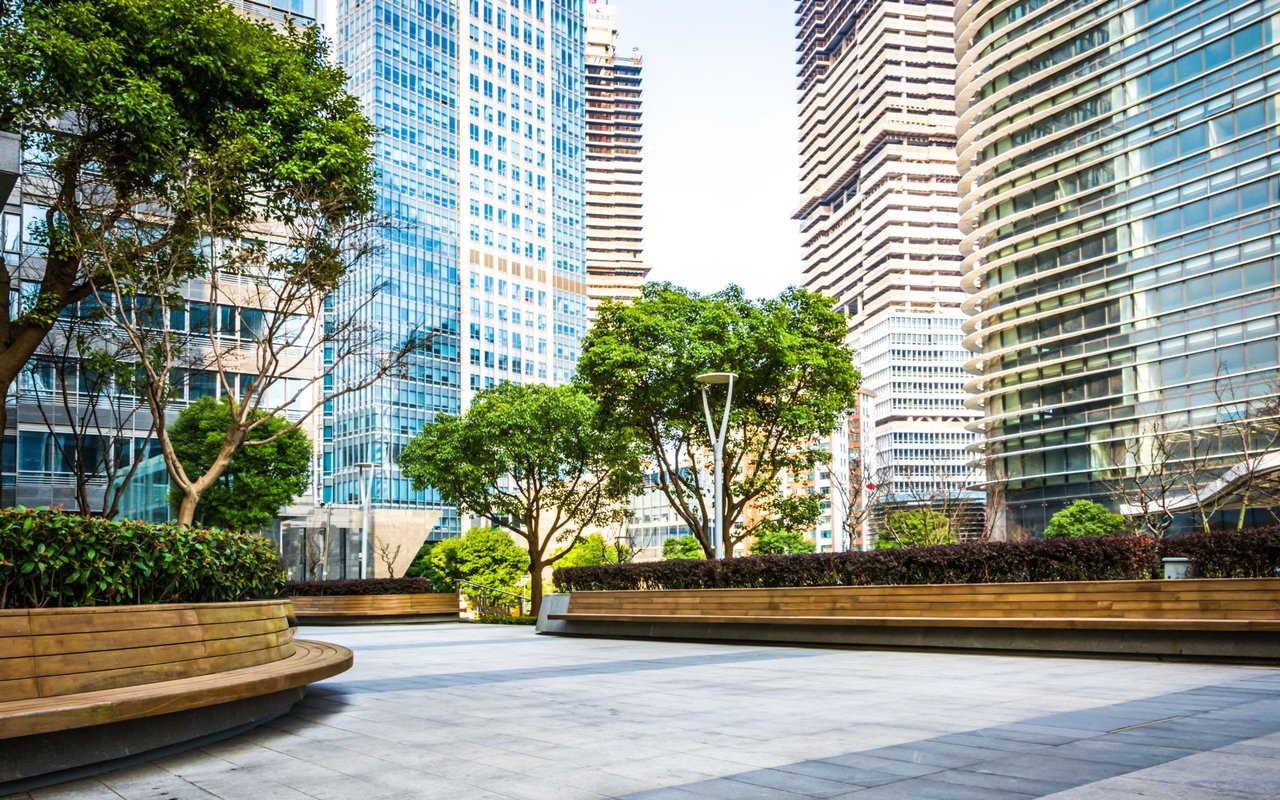Richard Rogers
If you’ve been to or through London in the last decade, chances are you’ve been in a Richard Rogers designed building. With a career spanning over 50 years, his most notable projects include Terminal 5 at Heathrow Airport, the Centre Pompidou in Paris, the Lloyd’s Building and O2 arena (shown right) in London, and 3 World Trade Center in Manhattan. Characterized by an “outside-in” approach and with a marked focus on sustainable building practices in recent years, his entire oeuvre is way too large to cover in one post so we’ve decided to focus on three projects that we’re rather partial to.
22 Parkside
Are you a creator/designer? Then you know or can imagine how excruciating it can/would be to have your parents as clients. Now picture the pressure of designing said creation with your significant other = insert favorite expletive here. Yet Richard Rogers did just that alongside his then wife Su in 1967. Known as “22 Parkside” in London’s Wimbledon area, the interior construct is highlighted with the use of bright yellow on the steel frame. The plan of the one-storey house is open but utilizes partitions for flexibility of space. Listen and view here as Rogers explains the building in more depth.
For a brief period of time we were imagining ourselves as the representatives (simply known as “estate agents” in the UK as they drop the “real”) when the house was on the market in 2013 for 3.2 million GBP #DreamClient. However, the house was pulled off the market and a choice was made to give it to the Harvard School of Design as a resource for students studying architecture and pre-fabricated housing techniques. Kinda makes you want to go back to school doesn’t it?
Centre Pompidou
The story of this museum goes back to 1818 when a collection of works by then contemporary artists was established as the Musee’ du Luxembourg. It now exists as one of the largest collections in the world with over 100,000 works by artists such as Henri Matisse, Georges Braque, and Rene’ Magritte not to mention the Kandinsky Library which houses more books, articles, documentaries, and arts archives than any other space on the planet. In 1977 work began on the current building designed by Rogers alongside Renzo Piano and chosen from among 681 competition entries. Side note: the jury was made up of Philip Johnson, Oscar Niemeyer, and Jean Prouve’, #no pressure. The architects created a form in which the interior services of the building (ductwork, electrical wirings, pipes, sewage, and escalator) all run across the exterior facade instead of being confined to the middle in a aesthetic style known as “Bowellism”. Why? For art’s sake of course! The thought was that if the interior walls and wayfinding spaces were not hindered by the building’s functional systems, then there would be a more objective opening for the artwork. Color coding each exterior part, they wanted the centre to function “not [as] a building but a town where you find everything – lunch, great art, a library, great music”. Like Eiffel’s tower, most Parisians hated the construct at the time of her completion in 1977 but now it is celebrated as an integral part of the city with an open square next to the Pompidou where you can enjoy street performers, sidewalk artists, and food vendors (we recommend the squid btw). AND if you happen to be visiting this summer, you’ll make us all jealous if you have an opportunity to see the Dora Maar exhibit which is on through the 29th of July.
Y: Cube
Affordable housing is a topic on the lips of many including politicians and realtors yet often it feels that very few architects and city planners are making a concentrated effort to address the issues in a practical way. In 2013 the architect’s firm, Rogers, Stirk, Harbour + Partners, set out to do just that. Designed with young people in mind and as a first step into the housing market, they created the Y:Cube studios. As a pre-fabricated modular unit the cubes are meant to be accommodated by existing plumbing and electrical systems on a site-by-site basis and can be set up on a connecting basis or stand alone. Using new methods of insulation, the homes don’t need a heating system, thereby reducing the carbon footprint and cost of living for their inhabitants even in a harsh Northern European climate. Initial construction was completed with the help of the YMCA and Roger’s cubes housed thirty six residents in Mitcham, an area of South West London not far from Wimbledon. "We need to unleash similar building innovation” states Rogers, “or the same old business model will cause us to stay in the same old housing crisis." We couldn’t agree more!
For a deeper dive into Rogers’ work, sign-up for our newsletter list below & be entered into a drawing to win his book “A Place for All People: Life, Architecture, and the Fair Society” (Contest ends 6.26). PS: he’s now known as “Baron Rogers of Riverside” or as we affectionately call him, Lord Architecture. PSS: our Alva briefly worked on the interiors for the VIP area at Terminal 5, how cool is that?!
